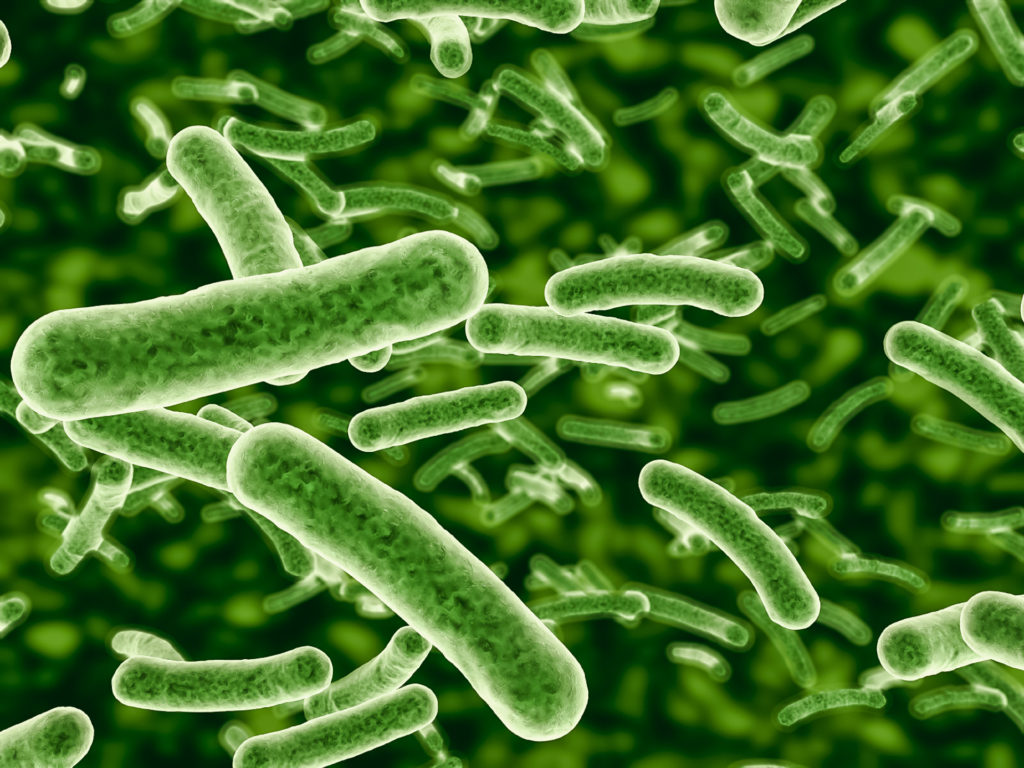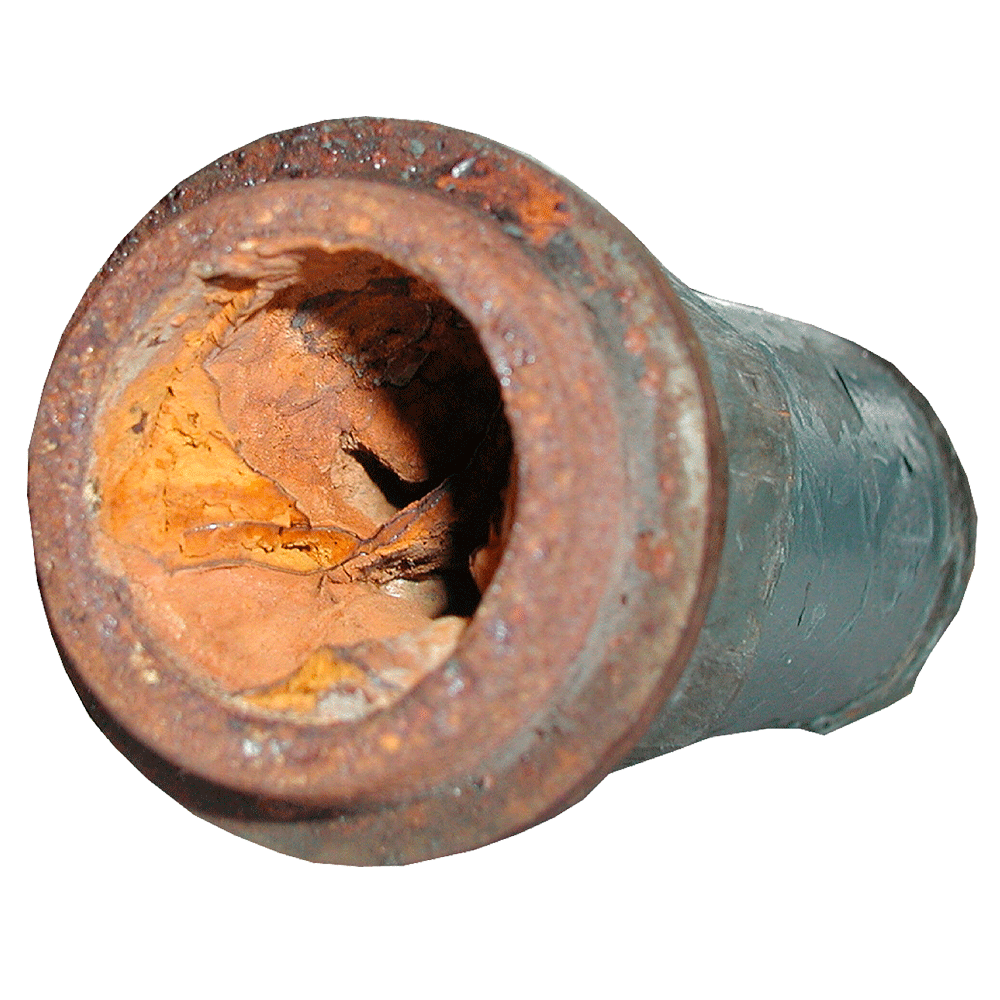Legionella: Dangerous, invisible and found almost everywhere
“Pure and fit for human consumption”, our drinking water must be according to the drinking water ordinance. The ordinance provides clear specifications for water quality. For example, no pathogens and substances in concentrations that are harmful to health may be contained. In Germany, drinking water is subject to strict limits and can be drunk without hesitation. However, even this water is not sterile and contains tiny microorganisms that cannot be detected with the naked eye. In small numbers they do not pose a problem. However, if the quantity increases, the health risk increases. Here you can find out what to do in such a case:
Where is the risk for Legionella particularly high?
There is an increased risk of legionella in large residential complexes as well as schools, hospitals or other community facilities. This is because there is often no regular and complete water exchange. Since the facilities provide water for the public, the health authorities pay special attention to them. The Drinking Water Ordinance stipulates that public buildings must be tested for legionella (according to DIN EN ISO 19458) at least every three years. It is important that in 100 millilitres of water the so-called “technical measure value” of 100 CFU (colony-forming unit) is not exceeded.

Overview:
- If more than 100 CFU per 100 millilitres of water, the health authorities must be informed. This determines which measures are to be taken. One possibility is the extensive technical renovation of the hot water system.
- If there are more than 1,000 Legionella per 100 millilitres of drinking water, a further examination (according to DVGW W551) must be carried out immediately. This is usually followed by a disinfection of the stand (according to DVGW W 557) as an immediate measure.
- From 10,000 legionellae per 100 millilitres of drinking water, an immediate ban on showering can be imposed because, especially with the aerosols of a shower water steel, the legionellae can penetrate deep into the lungs and cause the dangerous legionnaires’ disease.
The responsibility lies with the operator
For the owners, but at the latest for the operators of drinking water systems, neglect of hygiene can have legal consequences. According to § 24 of the Drinking Water Ordinance, anyone who deliberately or negligently gives or makes available to others water that does not meet the requirements of the Drinking Water Ordinance is liable to prosecution. In addition, anyone who spreads diseases or pathogens in accordance with § 6 and 7 of the German Protection against Infection Act through a deliberate act is liable to prosecution.
There are hygiene risks in every drinking water installation
Even if planners and installers have perfectly planned, installed and commissioned the drinking water installation: If the system is not operated as intended, there is a risk of recontamination. This is especially true if there is no regular water exchange in large, branched water distribution systems or if the temperatures are incorrectly set. The risk becomes even greater if stagnant areas or even shut-down pipes, so-called dead pipes, are concealed in them. Poor insulation and the wrong choice of material also pose a risk. The same applies to calcified and rusty pipes. Because: incrustations or deposits in the pipe with their fissured surface are an ideal colonisation area for germs.

Which factors and measures can reduce the formation of legionella?
1. Professional design of the drinking water installation
When designing a new plant, it is important to select the suitable material (according to DIN EN 12502). In addition, the lines should be designed in such a way that stagnation times are kept as short as possible and dead lines are avoided. Ideally, the main tapping point is located at the end of the installation. The following also applies: Domestic hot water heaters and pipes should be as small as possible, but only as large as necessary. It also makes sense to include the option of manual disinfection during the planning stage.
Another important point: According to the technical rules for drinking water installations DIN 1988-200 it is mandatory to install a mechanical protection filter (according to EN 13443-1 and DIN 19628). The recommendation goes to a backwashable filter. In addition, dead strands and water pockets should be permanently separated. The correct installation and operation of control valves can ensure the hydraulic and thermal flow through the hot water distributors. It is also advisable to limit the content of a hot water tank to the necessary.
2. Hygienic installation and commissioning
The basic rule is: neither dirt nor bacteria may be introduced into the system. This can be remedied by clean storage of the components, such as pipes and fittings. Wearing disposable gloves during repairs also contributes to hygiene. In addition, the disinfection of tools and equipment as well as the use of tested, pre-assembled devices is also important.
3. A basic requirement: clean internal pipe surfaces
If the water is too soft and aggressive, the targeted addition of mineral solutions can provide reliable protection against corrosion. If the water is too hard, systems for water softening or for alternative lime protection are also used. The processes of both systems ensure a smooth, clean inner pipe surface without hardness related incrustations. If acute contamination cannot be eliminated with the usual measures in existing systems, systems that generate chlorine dioxide and simultaneously meter it into the drinking water in proportion to the quantity are suitable. Chlorine dioxide is a highly effective drinking water disinfectant in the fight against germs and legionella. Thanks to its very good depot effect, it breaks down biofilms and reduces the formation of new germ nests. Permanent UV irradiation can also be used to reduce legionella or to extend the necessary disinfection intervals.
4. Correct operation
Legionella multiply mainly between 25 °C and 45 °C. This temperature range should therefore be avoided. According to DIN 1988-200, domestic hot water heaters should be set to a permanent temperature of at least 60 °C. Circulating installations may have a maximum temperature drop of 5 Kelvin. It is therefore advisable to insulate pipes well. If necessary, circulation systems and trace heating can be integrated. It is essential to avoid transferring the temperature to cold water pipes running in parallel.
What can you look out for?
For an optimal drinking water hygiene it is important to consider several factors.
For example, to create the basis for clean pipelines through professional design and appropriate water treatment. In addition, great attention should be paid to hygiene during commissioning and maintenance. It is also advisable to carry out regular inspections. In case of contamination, quick and confident action must be taken and the public health department must be informed.
However, all these measures are not sufficient even if an installation is not operated as intended. This is a matter for the operators – and thus also for the planners and installers, who must fulfil their duty to inform and inform the operators.
 © JUDO 2024 | All rights reserved.
© JUDO 2024 | All rights reserved. 


